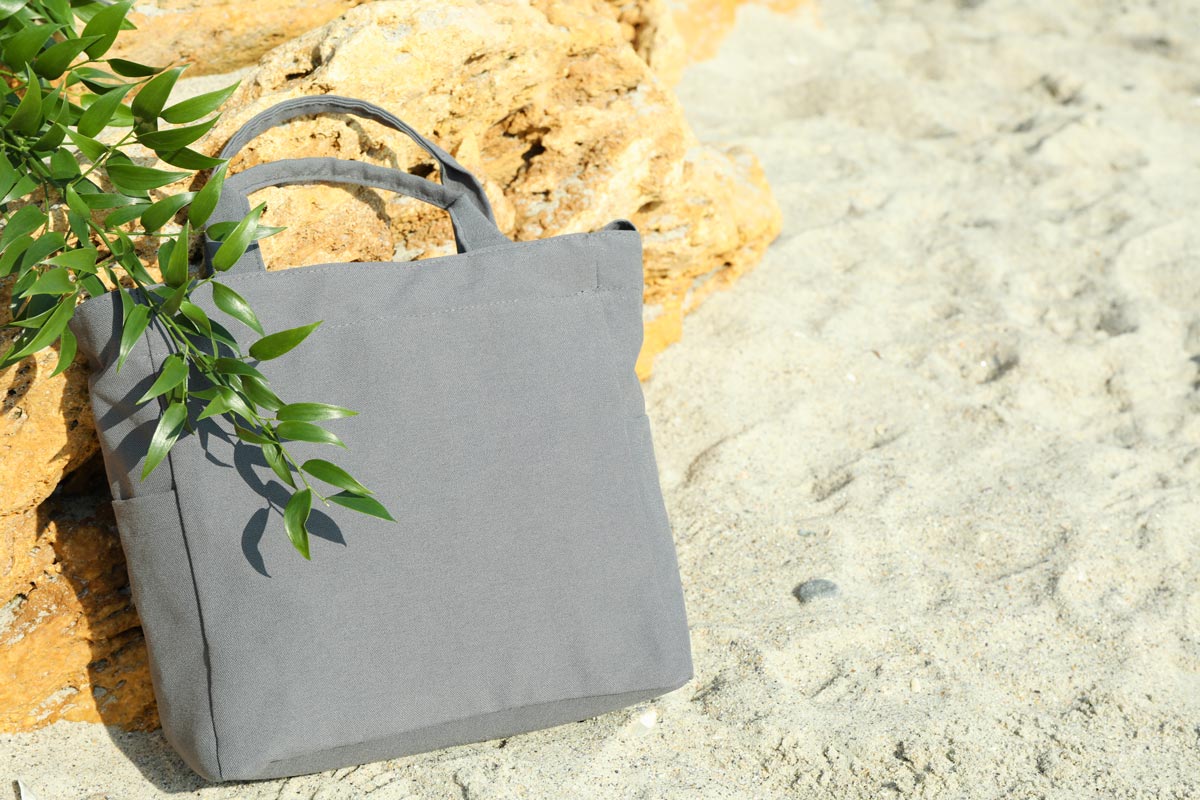Bags Made From
Products made from Ocean Plastic
From 2500 pieces, we can make shoppers, shoppers, cooler bags, backpacks and all kinds from recycled ocean plastic. This can be in any color, with your own imprint and your own packaging. The delivery time is 5 to 6 months. Below we explain the process from ocean plastic to a beautiful sustainable bag.
Fast delivery time
Durable material
Fair prices
Stylish design
Ocean Facts
- → 70% of the oxygen we breathe is produced by submarine flora. This is more than trees do.
- → 75% of the waste in oceans is plastic waste. So we are very happy with this initiative!
- → 91% of all plastic in the world is not recycled.
- → It takes 400 years for the plastic to break down completely.
200,000,000 liters of drinking water donation
200,000,000 saving disposables
Retulp wants to close the plastic tap and open the drinking water tap again. Mission Indisposable, it's possible!
Ocean plastic recycling
A network of 1,500 fishermen collect ocean plastic they receive as bycatch in their nets. This bycatch is then carefully separated and cleaned before being processed. The PET portion of the recycled plastic enters the production chain, the unusable parts are disposed of according to the proper recycling chain. So nothing is thrown back into the ocean. The raw material "ocean plastic" changes little by little into a high-quality yarn. We place high demands on fair and social working conditions at every production step, including labor safety and certification. So the focus is not only on using ocean plastic, but also on the well-being of those around and involved in it.
Bags made of ocean plastic
We want to rid the oceans of plastic waste. That's why we collect plastic of all shapes and sizes instead of just the parts that are easy to recycle. That's why everything we collect must first be sorted. Then we make sure everything is recycled and used for new products, so it doesn't end up back in the ocean. Currently, we are able to process the PET itself into rPET - this typically makes up between 10% and 15% of Ocean Impact Plastic. Other types of plastic, such as PP or PA, we deliver to other recyclers because we have not been able to use them for our own production so far. There are several reasons for this: first, some materials are not suitable for making new products from them because of their properties. Second, others do not have a sufficient degree of purity. Finally, recycling requires high minimum offtake quantities.
After collecting this plastic, small pellets are made from it. These grains go to a factory in China where they turn these grains into yarn. That yarn is used to weave the fabrics for the bags. Each bag produced creates between 2 and 5 kilograms of recycled plastic waste.
Our clean-up program in Indonesia
Single-use plastic is a global problem, and nowhere are the effects more visible than in Asia. One of the biggest causes of this pollution is the fact that all streams and rivers eventually end up in the ocean. On its way to the ocean, the water takes with it all the waste that has been thrown into the rivers, with all its consequences. We want to combat problems with our waste barriers. They act as a bridge through which water can flow while holding back all the waste. A medium-sized barrier can stop up to 20 tons of waste per year! Retulp is helping by funding these barriers in Indonesia.
We believe that taking trash out of the ocean is not the solution. Prevent it from being thrown away and ending up in the ocean.








